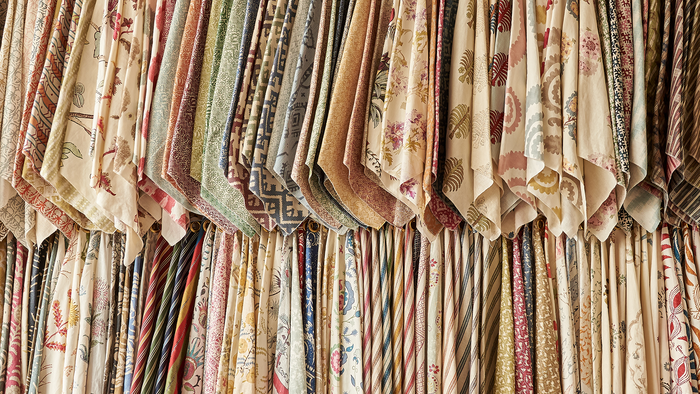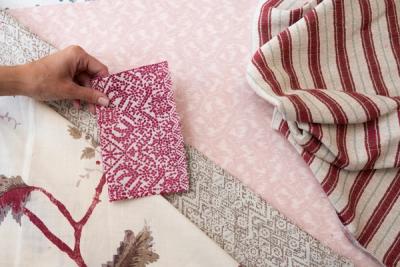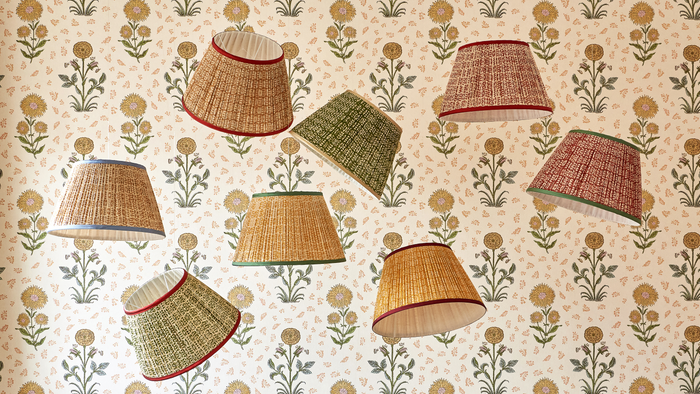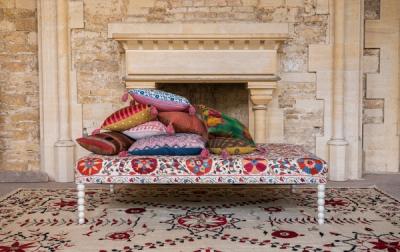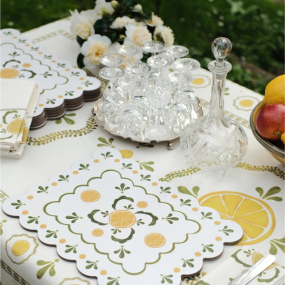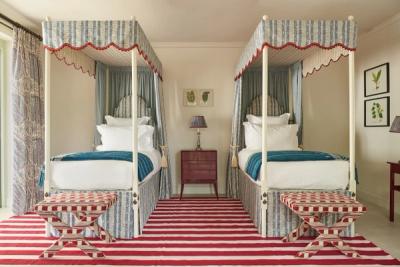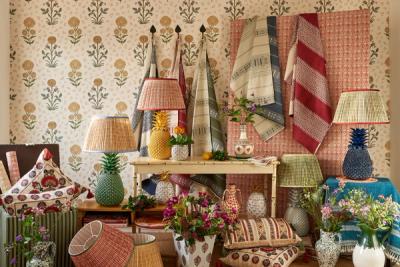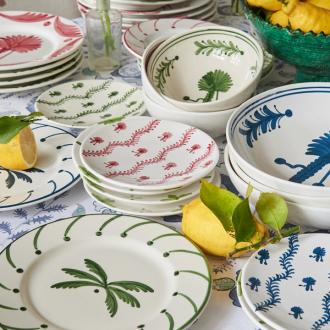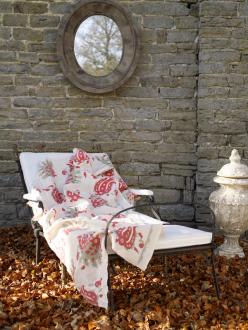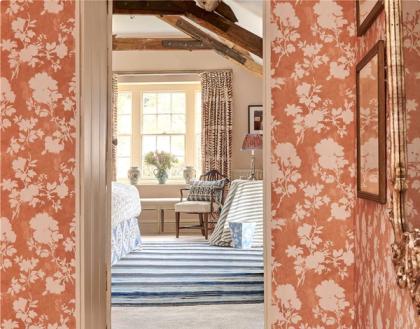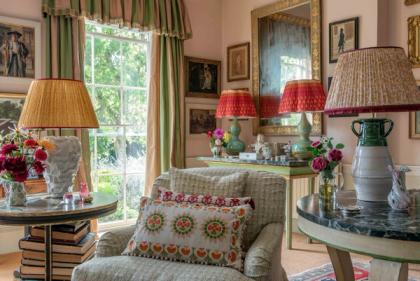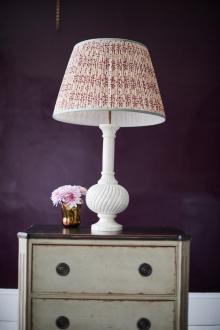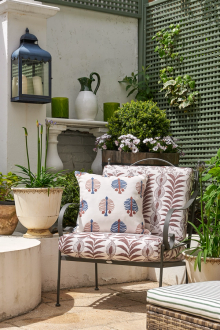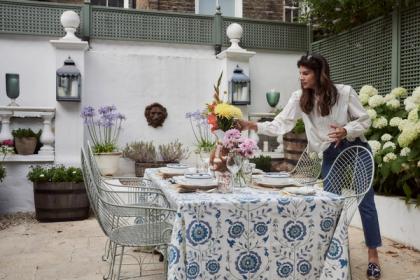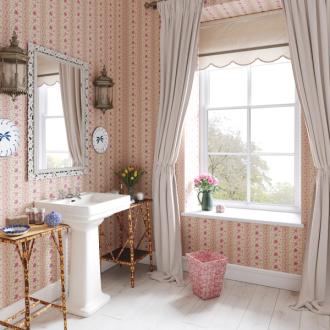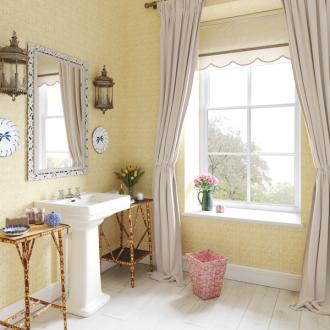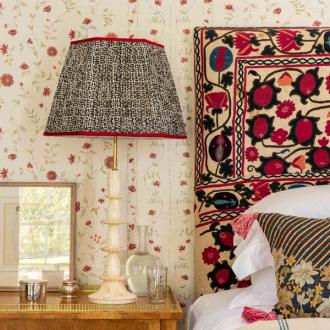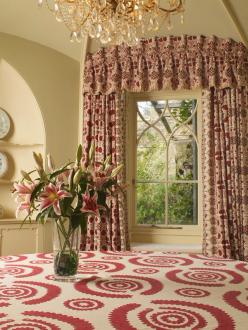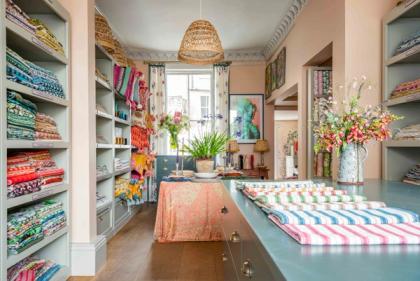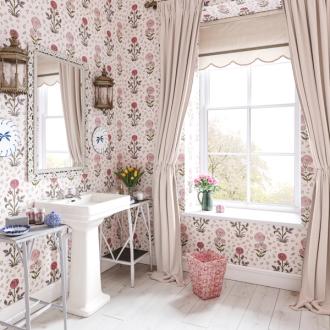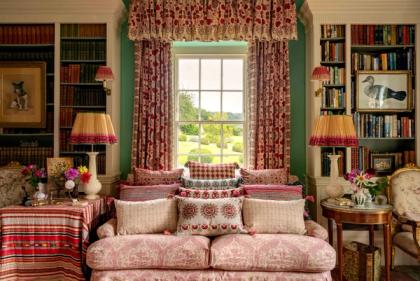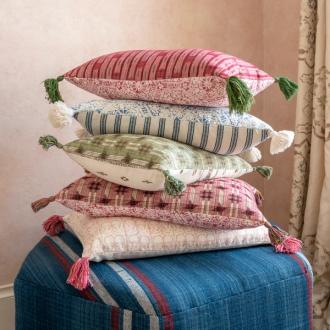The Penny Morrison Guide to Cotton Weaves
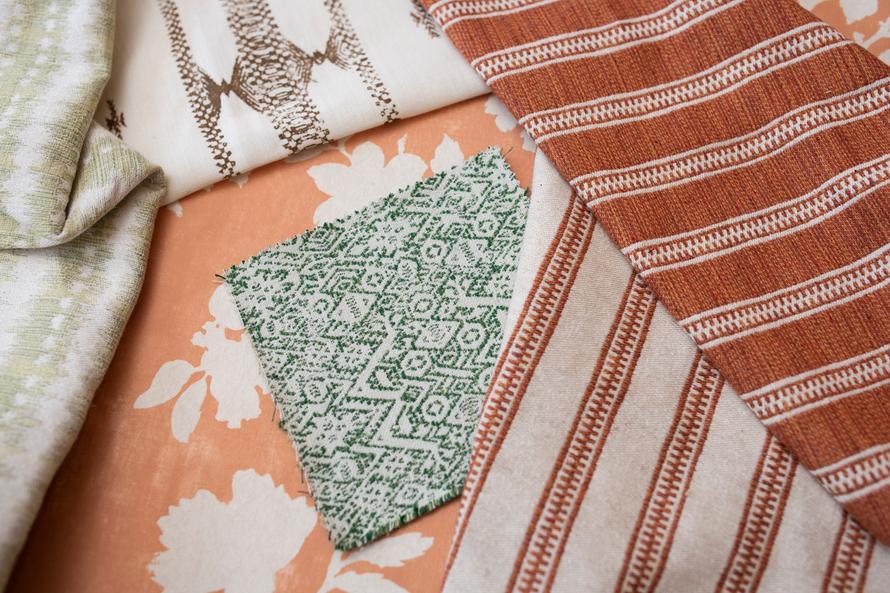
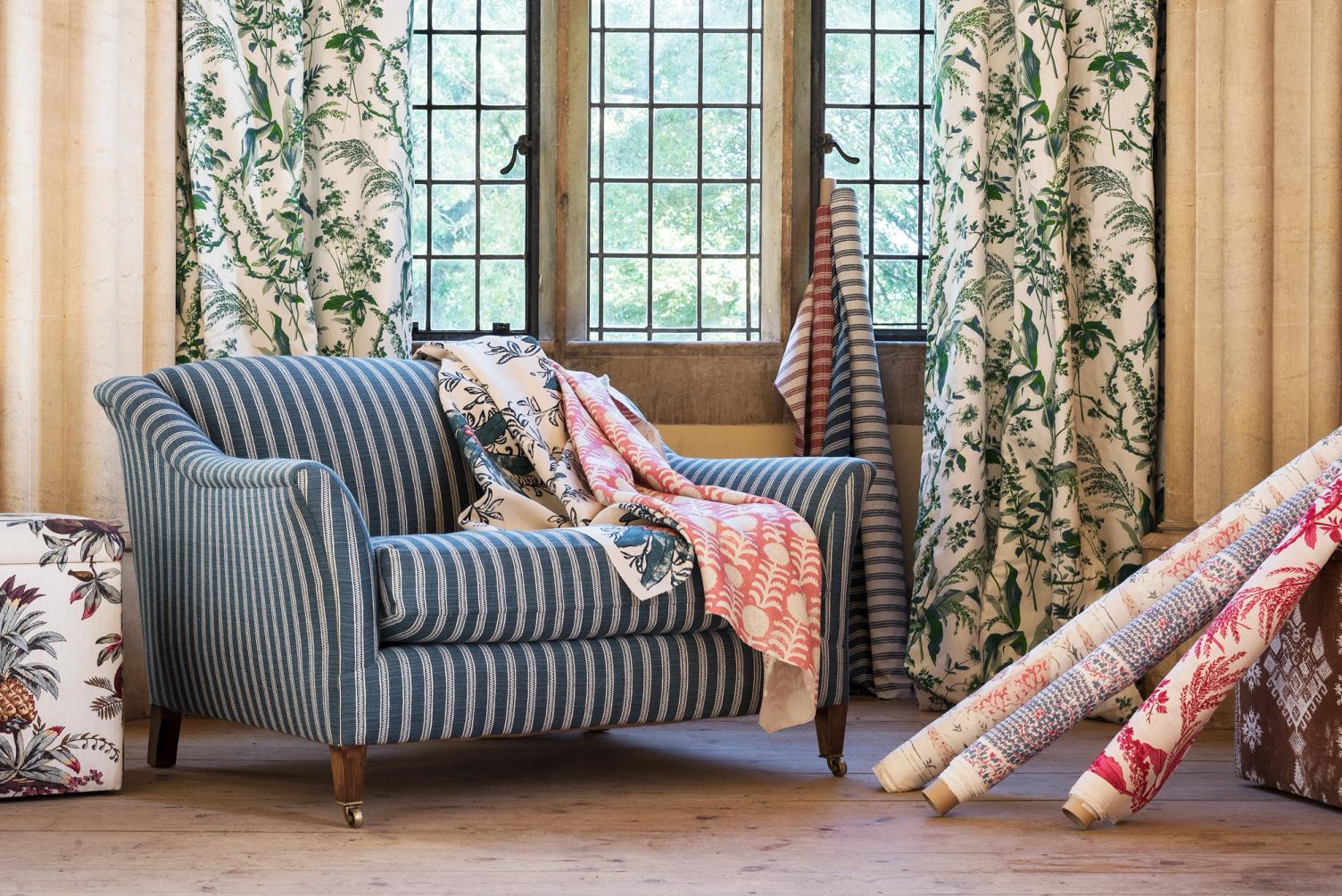
While we tend to consider ourselves serious devotees to linen and its long list of unique qualities, another firm staple on our site are cotton blends.
Another natural fibre, cotton shares a number of characteristics with linen – but also offers plenty of its own benefits that have ensured it remains a favourite of the fabric world, even against the mounting competition of engineered textiles and fibres.
Cotton is not quite as heavy as linen, which is formed from relatively thick and durable flax fibres. Cotton fibres are a little more ‘delicate’ – although not so delicate that a high-quality pure cotton wouldn’t also be considered a sound, durable investment.
If you’re wondering what makes our cotton weaves so different to our linens, then look no further. In this guide, we will run through everything you need to know – whether you’re on the fence between a pure linen and a cotton weave, or just on the hunt for the perfect upholstery or curtain fabric.
What is a Weave?
A weave is a textile that comprises more than one type of fibre – in this case, not just cotton fibre but other natural and artificial fibres, too.
There are plenty of different reasons for weaving multiple fibres together – but, ultimately, it almost always comes down to the fact that weaves enable fabric makers to take advantage of a wider array of benefits, whether for drape, texture, weight, durability, or colourfastness.
There are plenty of times when 100% pure cotton can be used to great effect. For clothing, 100% pure cotton offers a comfortable and breathable option that is great for warmer weather, and for young children and people who suffer from skin sensitivities. But, for use around the house, 100% pure cotton falls short of the mark in terms of durability.
Still, cotton’s innate benefits mean that plenty of people still want to use it as much as possible around their home. This is where the weave comes in. By combining cotton with other fibres, hand-chosen for their ability to complement this natural fibre, it’s possible to create something new yet familiar for upholstering, curtains, cushions, and tableware.
Our Weaves
At Penny Morrison, a quick browse through our fabric collection will yield plenty of weaves. From our own selection, our weaves represent some of our most popular bolts.
When our weaves are created, the cotton fibre is combined with fibres of viscose and flax in comprise varying ratios, depending on the unique requirements of the design. This creates something that is quite different from pure cotton, but still recognisable. Two of the most significant features that really sets these weaves apart from our linens is their weight and their drape. It is made more durable, too, but also softer to the touch.
For our Ticking fabrics, inspired by the very traditional textiles popularised many, many generations ago, we also incorporate silk into the weave.
For that reason, it’s relatively easy to get familiar with the differences between our weaves and our 100% linens when you see them for yourself in our showroom. Looking at them online, it can be slightly harder to appreciate the differences in appearance and feel – but you are always free to order swatch samples, which will tell you everything you need to know about the weave’s unique qualities.
For now, here’s a little more information about the three fibres we choose to incorporate into our cotton weaves.
Why Viscose?
Viscose is semi-synthetic, which means that, while the fibres need to be processed, they are made from natural sources of cellulose. So, while it’s not ‘as natural’ as a cotton or flax fibre, it is not a wholly synthetic product. Think of a basic loaf of bread made from flour, yeast, salt, and water – while its constituent parts are found naturally, bread itself is not a naturally-occurring resource.
Cellulose is found in abundance in the cotton and flax plants, and it’s what gives the fibres they yield such a high rate of absorbency – making them excellent for clothing, upholstery, and curtains.
While their origins are very different, cotton and viscose actually share a number of similarities. Dubbed ‘artificial silk’ by the Victorians, this textile is a smooth, absorbent, breathable and lightweight fabric with an incredible drape.
Since it occupies a ‘grey area’ between natural and artificial, it’s often considered to be one of the misunderstood names in the textile world. In reality, however, this fabric’s incredible versatility – and its ability to showcase colour with incredible vibrancy and consistency – meant that it represented a standout choice for us.
When you combine viscose with cotton, you create something that is incredibly durable – without feeling rough and hardwearing. It has cotton’s distinctive feel, but combined with the incredible drape of viscose – making it a great choice for curtains and clothing.
Why Flax?
Flax fibre is what fabric makers use to create linen. A natural plant that has been cultivated and used for textiles for thousands of years’ worth of human history, flax will never be rivalled in terms of its significance for the global fabric industry. It’s relatively easy to grow, but weaving it into fabric remains a tricky process – one that, for the most part, still needs to be completed in small batches, and by skilled hands.
We’ve put together a complete guide to linen here – well worth a read whether your home is already decked-out with linen, or whether you’re still on the fence about it. For now, however, it’s worth knowing that linen offers strength and longevity, and a great weight without bulk, and a high rate of absorbency.
When woven together with other fibres, that distinctively ‘crinkled’ drape that linen offers tends to be lost in favour of a more even, consistent drape. Our love of linen means that we will always consider ourselves fans of linen’s unique drape, but we’re definitely willing to admit that there’s a time and a place for it.
Cotton, Viscose, and Flax Weaves
The exact properties of any weave that utilises all three of these fibres will depend on the ratios used. A three-way split between the three, for instance, would yield very different results to one that was, say, 90% flax, 5% cotton and 5% viscose. Think of it like a recipe, where different proportions of dry ingredients and wet ingredients will lead to very different results in the oven.
Essentially, cotton and viscose bring a luxurious feel and a beautiful, lightweight drape – for that reason, a blend of just cotton and viscose is suitable for dressmaking, as well as for projects around the house – while flax helps to bring additional weight and durability to the blend. This is what makes our weaves ideal for interior design and upholstery, which needs to be tough as well as comfortable and soft.
Our Meknes Stripe fabric is woven in 100% cotton. This means that, compared with our Azteca Stripe (which features 59% viscose, 21% cotton and 20% flax) the Meknes Stripe will feel noticeably lighter, although it is still a highly durable choice.
Why Silk?
Silk is one of a small number of textiles that needs no introduction. Soft, and almost synonymous with luxury and wealth, silk has been a mark of prestige and status for thousands of years, and around the world.
Fascinatingly, while silk is better known for its incredible softness and its water-like drape, it’s a lot stronger than you’d expect – something that makes it a great addition to weaves.
Our Ticking Stripe, which we show here in Nutmeg, features just over a fifth silk at 22%. This softens the fabric and helps to create an incredibly strong yet free-flowing drape, and a softness that makes it far more inviting to sit on than traditional ticking fabric. While that characteristic stripe is preserved, our Ticking is a much more luxurious choice than it once was – a great example of the power of a good blend.
See for Yourself…
At Penny Morrison, our commitment to a more eco-conscious and sustainable means of producing our designs and pieces lies at the very core of what we do. We value slow production, and celebrate the quality it yields, rather than the sheer volumes put out by producers who don’t care what happens to their products a year from now – let alone a decade.
This means that every choice we make is predicated on our philosophy for long-term beauty – not just of the fabrics, wallpapers and furnishings we sell, but also the planet itself.
You can click here to take a look at our full range of fabrics, order swatches and returnable samples, and get to know the collections for yourself.
